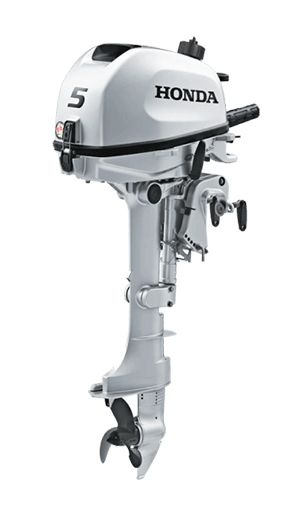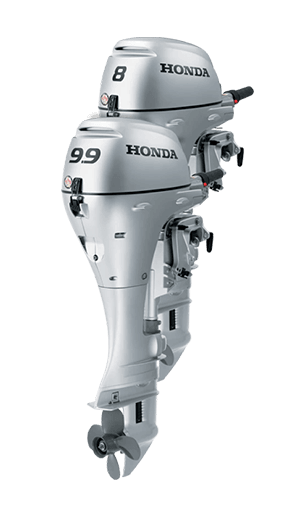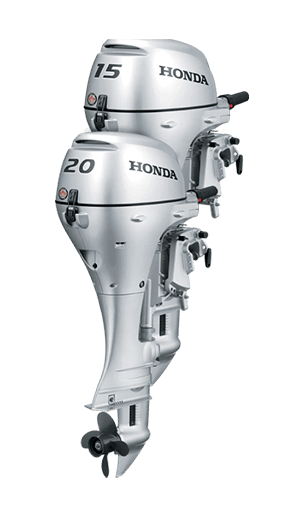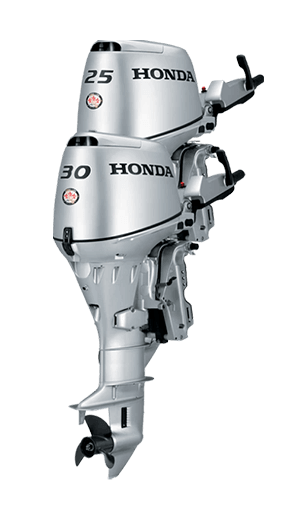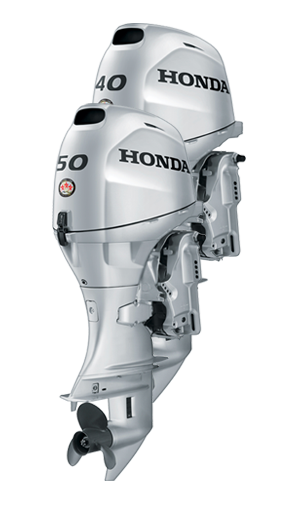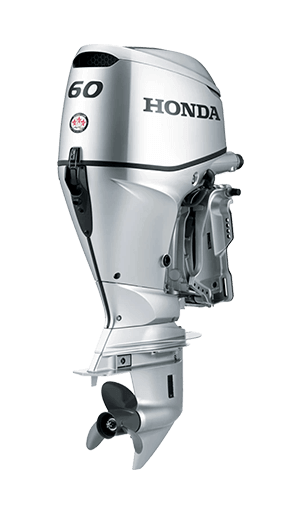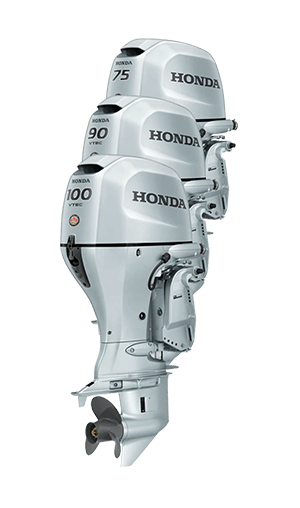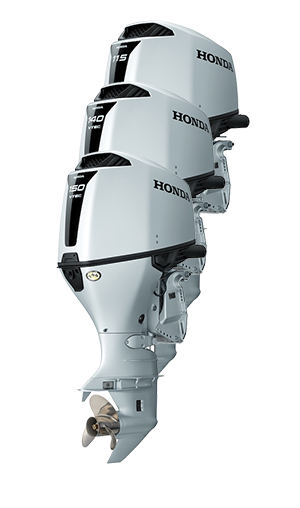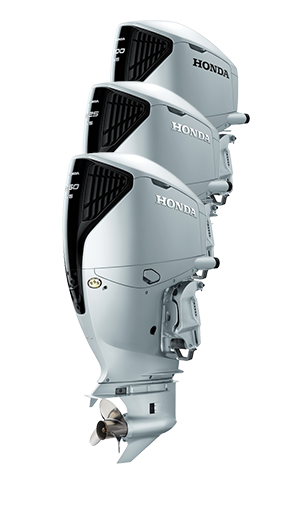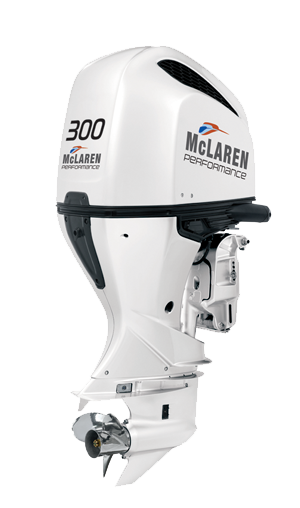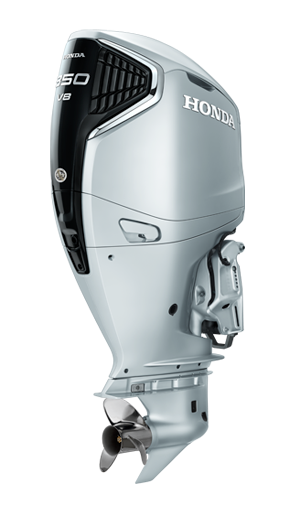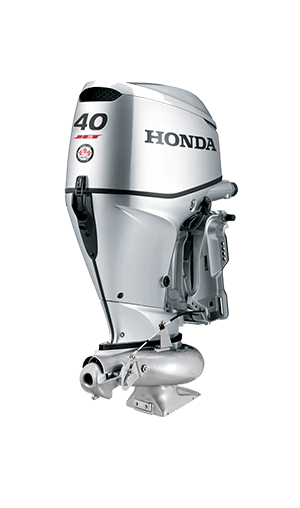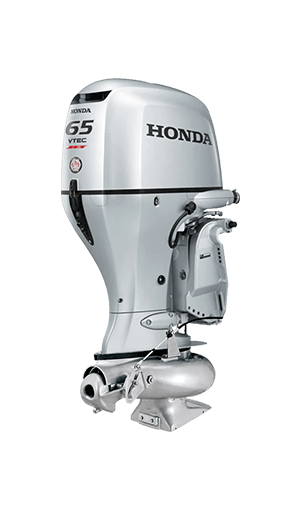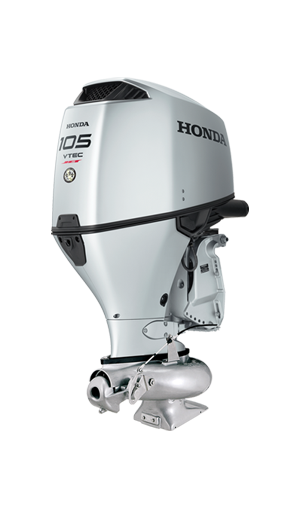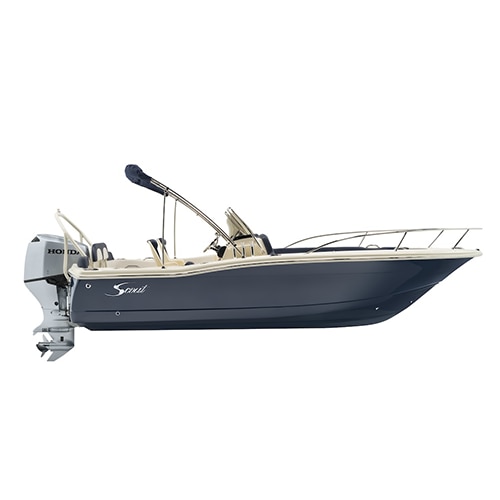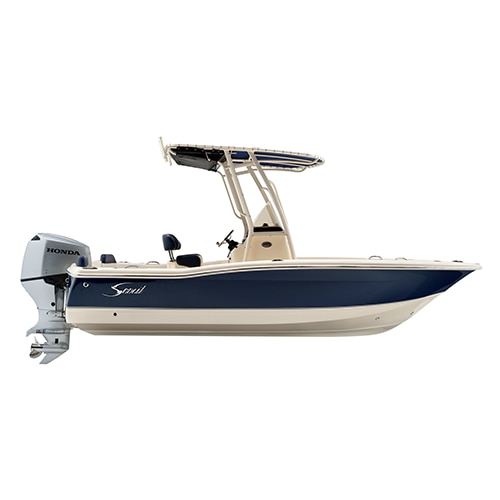
Menu
-
Outboards
High Power
Jet Drive
Resources
- Boats
- Parts & Accessories
- Propellers
- Service & Support
Maintenance & Operation
Salt Water Operation
Operating and storing your engine in salt water or polluted water may have adverse effects on your outboard. The good news is most salt/polluted water problems can be avoided by following a few simple steps.
Cleaning and Flushing Instructions
Thoroughly clean and flush the outboard motor with fresh water after operating in dirty or salt water. Touch up any damaged paint, and coat areas that may rust with Honda Corrosion Inhibitor or equivalent. Lubricate controls with silicone spray lubricant.
Fuel Recommendations
Addresses common questions about gasoline, ethanol, and fuel storage.
Avoiding Fuel-Related Problems
Most fuel-related problems can be avoided by following a few simple steps.
NMEA 2000® PARAMETERS
Parameter Group Numbers and description for applicable Honda marine engines
Gear Case Oil Change
This information will assist the do-it-yourself consumer in changing their gear case oil.
Portable Outboard Winterization
Two videos cover the fuel and oil preparation procedures as well as cleaning and flush procedures during winterization and storage of your Honda Marine Portable Outboard.
Resetting the Hour Counter
The hour counter on certain Honda outboard motors counts the number of operating hours since the last time periodic maintenance was performed and the hour counter was reset. When the next periodic maintenance is due, the engine notifies the NMEA 2000® network, and a maintenance indication is displayed on an NMEA 2000® compatible device.
Honda HD-4 Display Support
The Honda HD-4 display offers a smart interface to engine data, fuel management, and more. Connected to your boat’s NMEA 2000 network, the HD-4 automatically detects and displays the most relevant information available on a series of preset and user-customizable data pages.





